It’s Time for Turk’s Cap
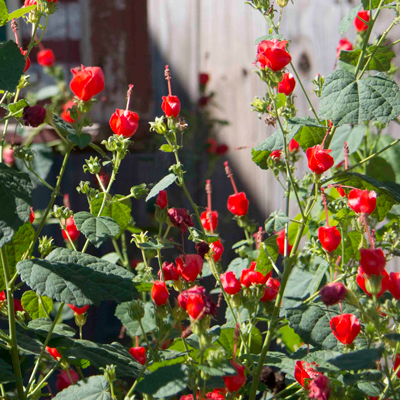
It’s fun to see a plant you’ve observed growing wild in nature being adored by thousands of Texas gardeners. We’re used to that with live oaks, red oaks, pecans and yaupons, but it’s also the case with Turk’s cap, Malvaviscus arboreus var. drummondii.
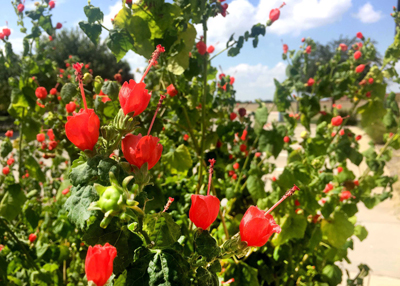
This tough plant is native from Central Texas north as far as Arkansas and east all the way to Florida. And there it is in your garden. If it isn’t, it needs to be.
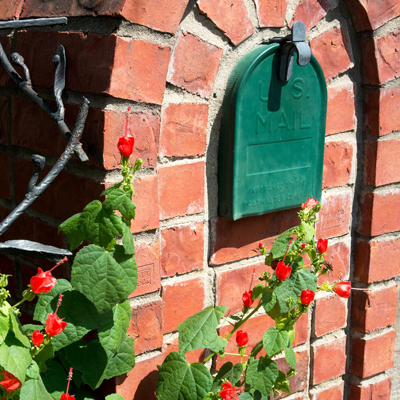
Things you’ll want to know…
• It’s a cousin of mallows and hibiscus.
• It does best in dappled shade and with moist, highly organic garden soil.
• Bears large, maple-like, dark green leaves that provide the perfect backdrop for the bright red flowers.
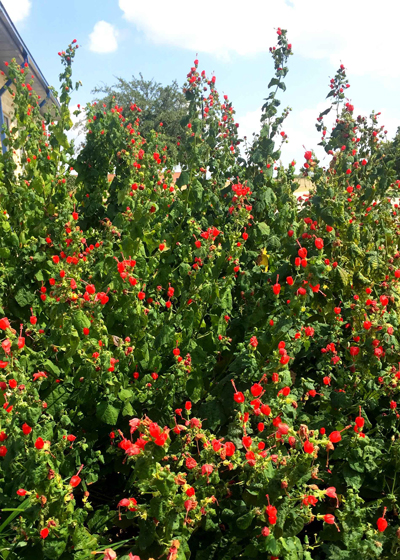
• The standard type grows to be 4 to 6 ft. tall and wide as it matures.
• Because of its size, you’ll want to plant it in the back of the perennial garden.
• Where temperatures drop to and below freezing the tops die to the ground in the winter. The plants sprout back up from their roots the following spring, and by summer they’re right back where they were the previous fall.
• Its petals are swirled and never really open, hence the plant’s common name.
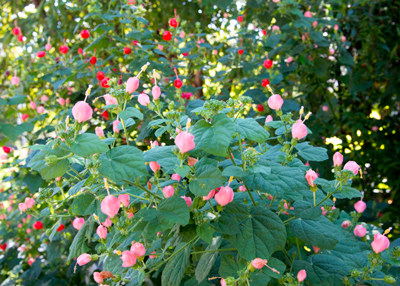
• White- and pink-flowering forms are sold as well as a variegated white-and-green type with the typical bright red flowers.
• A dwarf red form is available.
• Turk’s cap flowers are immensely popular with butterflies, bees and hummingbirds.
